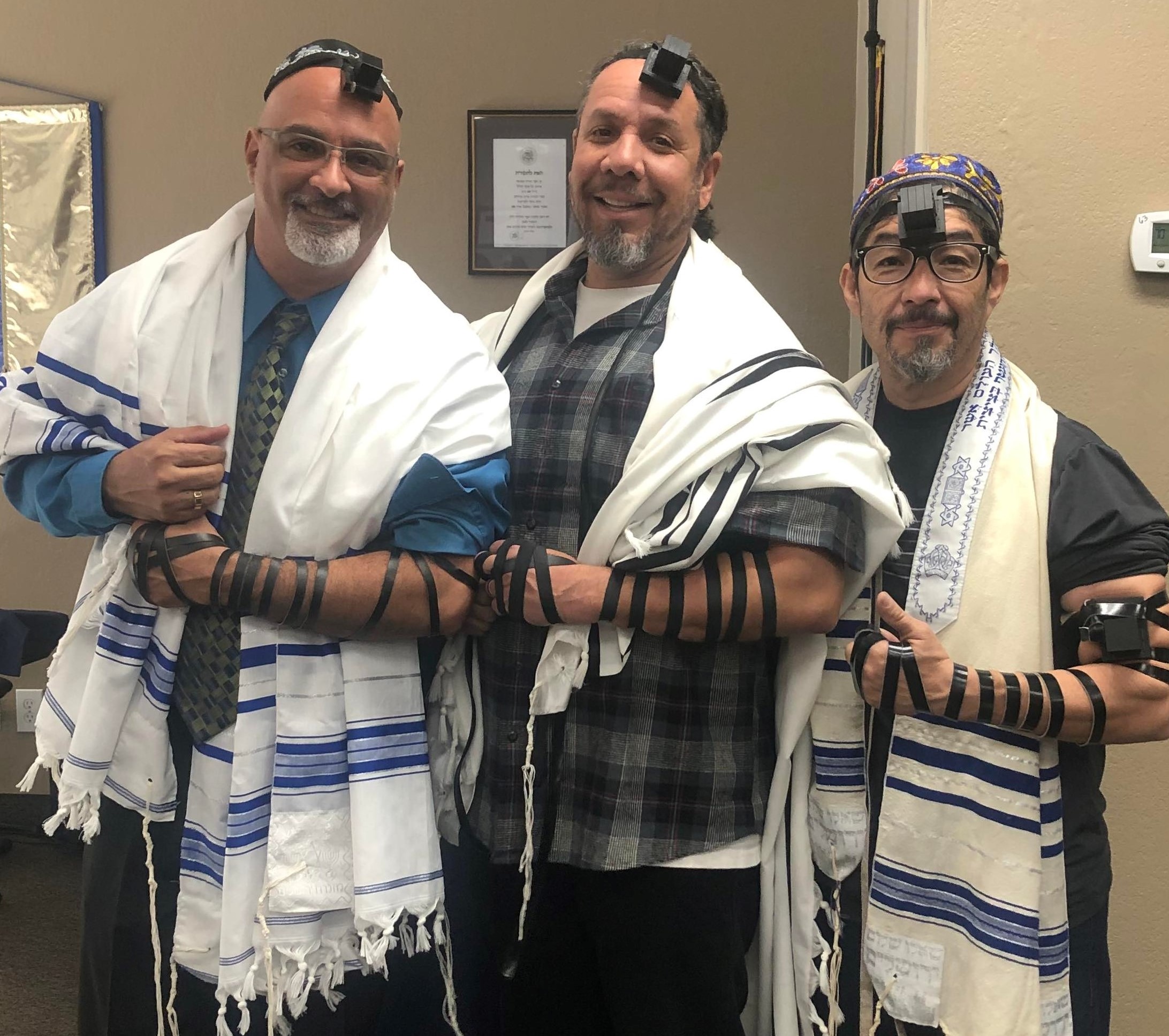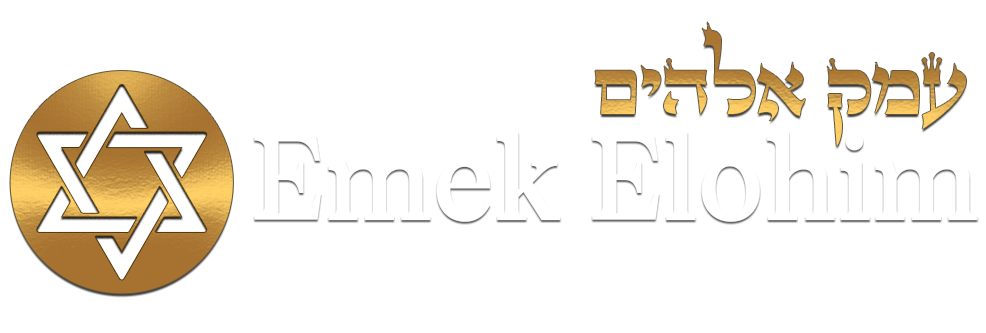
Liturgy: Prayers from the Siddur
“The Siddur is the cornerstone of Israel’s expression of its relationship with HaShem. Its beginnings stem from the Babylonian exile, and the Anshei Knesset HaGedola (Members of the Great Assembly). The Siddur has been refined through the centuries as the guidebook for the Synagogue service. It is designed to unite Israel in expressly fulfilling as much as we can of the commandments of the Temple sacrificial service described in Numbers chapters 28 and 29. The Siddur is not a box intended to confine us and our individual prayer to HaShem, rather, it is a unifier that allows us as a part of Israel, to come together and express our love, praise, and worship before HaShem, together as a Nation.” (from Ahavat Olam Siddur, Rabbi Steven Bernstein).
Come with us on the journey to understand the liturgy of the synagogue.
Some of the Prayers
Each Shabbat service has an order (called “seder”) of the service. These prayers and blessings are part of the liturgy and seder of the Shabbat service. To begin your learning and pronunciation process, download (pdf) the liturgy that is used in the weekly Shabbat service.
Donning the Tallit (men)
The Sh’ma – Devarim (Deuteronomy) 6:4: The cornerstone of our faith, and all 613 Mitzvot (Commandments) are included in these words
V’ahavta – Devarim (Deuteronomy) 6:5-9
Blessing Before and After Reading the Torah
Blessing Before and After Reading the Haftarah
Blessing Before and After Reading the B’rit Chadashah
Kaddish – A hymn praising Adonai, magnifying and glorifying His Great Name
Birkat Cohanim – The Aaronic Blessing
HaMotzi – Blessing for the Challah
Kiddush – Blessing for the Fruit of the Vine
Birkat HaMazon – Blessing following the meal
She’hechi’yanu – Praising Adonai for enabling us to reach this season
